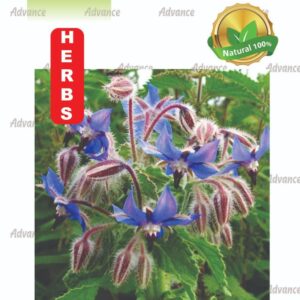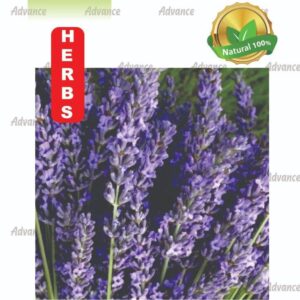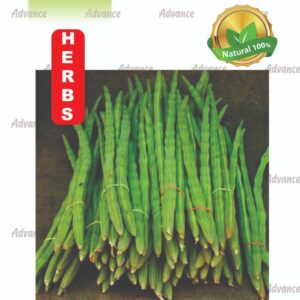Red Basil Seeds
₹ 40.00
Red Basil Seeds Herbs Seeds Per Packet 50+ Seeds
Basil is easy to grow from seed – It’s true! I’ve been growing basil from seed for over 25 years and it’s generally a fuss- free herb that goes from seed to garden in under two months. You don’t need special equipment either. I start my seeds under grow lights but you can also use a sunny windowsill.
Free delivery on order above Rs 200
Images are for reference purposes only. Actual product may vary in shape or appearance based on climate, age, height, etc. The product is replaceable but not returnable.
Red basil (Ocimum basilicum), also known as purple basil, is a cultivar of sweet basil with distinctive dark red or purple leaves. Growing red basil is similar to growing traditional green basil, and it can add a visually striking element to your herb garden. Here’s a guide on how to grow red basil:
Growing Red Basil:
1. Selecting Red Basil Seeds:
- Choose high-quality red basil seeds from a reputable supplier. Red basil seeds can often be found alongside other basil varieties.
2. Timing:
- Start red basil seeds indoors 6-8 weeks before the last expected frost date in your area. Red basil requires warm temperatures to germinate and thrive.
3. Seed Starting Mix:
- Use a well-draining seed starting mix or a combination of potting soil and perlite. Red basil prefers soil that retains some moisture but is not waterlogged.
4. Sowing Seeds Indoors:
- Sow red basil seeds on the surface of the seed starting mix. Lightly press the seeds into the soil, but do not cover them deeply, as basil seeds require light for germination.
5. Watering:
- Keep the soil consistently moist during the germination period. A spray bottle or a gentle watering can help maintain moisture without disturbing the seeds.
6. Light:
- Red basil seeds require light for germination. Place the seed trays in a location with bright, indirect sunlight or provide supplemental light with fluorescent or LED grow lights.
7. Germination Time:
- Basil seeds typically germinate within 5-10 days, depending on the temperature. Once the seedlings have developed several true leaves, they can be transplanted.
8. Transplanting:
- Transplant red basil seedlings into larger pots or directly into the garden when they are 3-4 inches (7.5-10 cm) tall. Space the plants about 12-18 inches (30-45 cm) apart.
9. Outdoor Planting:
- Choose a location with well-draining soil for planting red basil. Red basil prefers full sunlight but can tolerate partial shade.
10. Watering:
- Water red basil plants consistently, keeping the soil evenly moist. Water at the base of the plant to prevent fungal issues.
11. Fertilizing:
- Red basil benefits from occasional feeding. Use a balanced, all-purpose fertilizer according to the package instructions.
12. Harvesting:
- You can start harvesting red basil leaves once the plant has reached a sufficient size. Harvest by cutting the stems just above a pair of leaves. Regular harvesting encourages bushier growth.
13. Pruning:
- Prune red basil regularly to maintain a compact and bushy shape. Pinch off the tips of the stems to promote branching.
14. Culinary Uses:
- Red basil can be used in culinary dishes just like green basil. It adds a unique visual appeal and a slightly spicy flavor to salads, pasta dishes, sauces, and more.
Growing red basil can be a delightful addition to your herb garden, providing both visual interest and culinary versatility. With proper care and attention to watering and sunlight, you can enjoy the vibrant and flavorful leaves of red basil throughout the growing season.
Additional information
| Quantity | 1 PKT |
|---|















Reviews
There are no reviews yet.